Last April I ventured to South Africa for a weeklong safari in Kruger National Park to photograph wildlife. I chose Kruger for its variety of wildlife and good reviews of wildlife sightings even though I was visiting during the tail end of the wet season. The park is over 100 years old and has seen a lot of logistical and infrastructure improvements over the last 10 years. It is best to fly into Johannesburg, South Africa, just a few hours from Kruger and rent camera gear from there to start your safari.
All photos by author.

Research seasons and animal behavior.
There is a change in animal behavior, locations, and likelihood of seeing wildlife between the wet season and dry season. Which animals will be having babies or migrating? Are there specific animals or actions that you what to photograph? Most companies recommend going during the dry season, but prices may be less and most parks won’t be as crowded during the wet season.
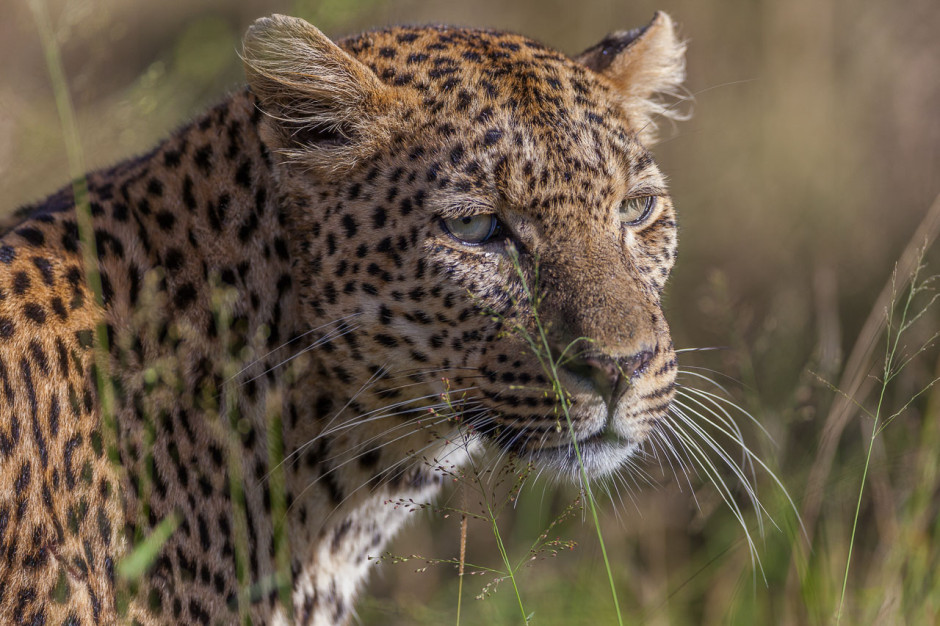
Should you drive on your own or book with a safari company or both?
Renting a car and driving on your own allows you the freedom to photograph for however long you want, but there are perks to going with a company. With a group of people you have more eyes for finding animals and most of the guides work together to find unique wildlife. Other guides told us the location of this leopard. If not for them we wouldn’t have found it.

Research companies and the type of accommodation you’ll be in.
You don’t have to book a luxury safari to have a great time. Many companies offer budget safaris that still include all food and drink, but you just end up in a tent cabin for hundreds or even thousands less. Compare how many game drives and what food and drinks are included.
Intermission
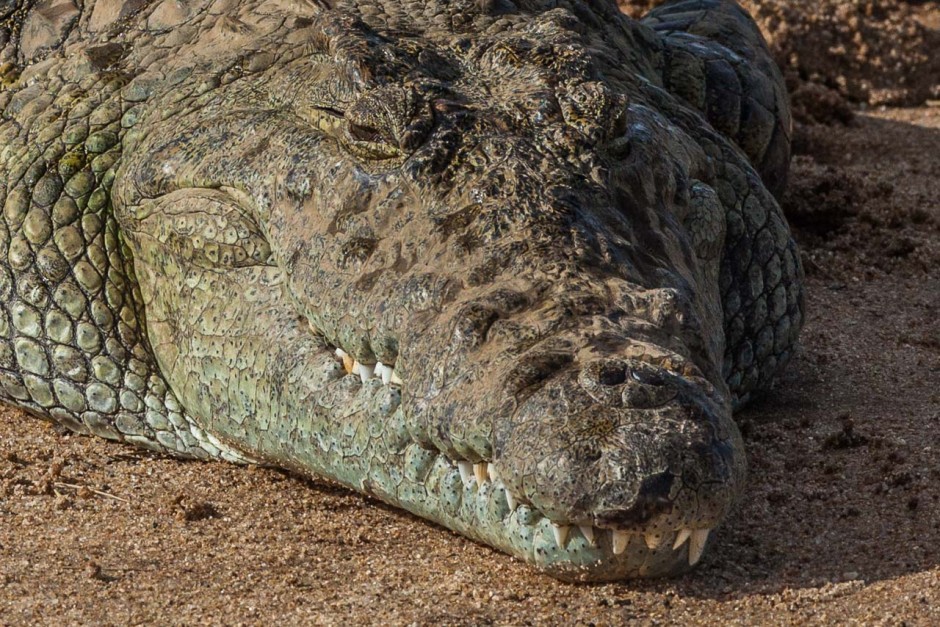
Rent a long lens.
You don’t need to buy a $10,000 lens for a weeklong trip. Instead rent one for a couple of hundred dollars. Check local rental agencies in the country you are visiting. That is easier that toting a huge lens from home. I recommend a 600mm, and the lens case for it is bigger than most carry-on limits allow anyway.

Rent a 2nd body.
It isn’t practical to change lenses in a dusty safari vehicle and you’ll waste valuable seconds messing with changing lenses if you don’t have a second body.
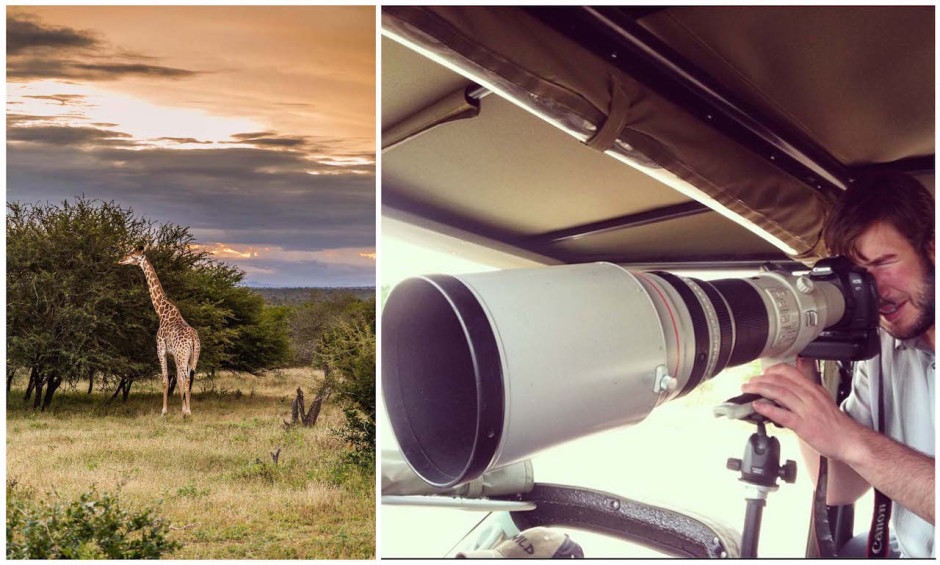
How will you stabilize your camera?
Tripod, monopod, or beanbag? Beanbags are best because they sit on the side of the vehicle and allow plenty of stability, but easy movement to recompose. If there aren’t many people in the truck you might have room to set up a tripod, but check and see if your tripod is rated to hold a heavy, super-telephoto lens.

Make friends with the safari guides.
These guys are the key to finding wildlife and getting the vehicle in good position for photos. They hold a wealth of knowledge about the plants and wildlife in the area and love sharing their environment with visitors.
Intermission

Don’t be afraid to ask your guide to stop.
Each visitor holds a big part of the responsibility of how many animals are seen. If you see something cool speak up to the guide. And even though you’ll see thousands of impala each day, don’t be embarrassed if you want to stop and watch these animals for a bit.
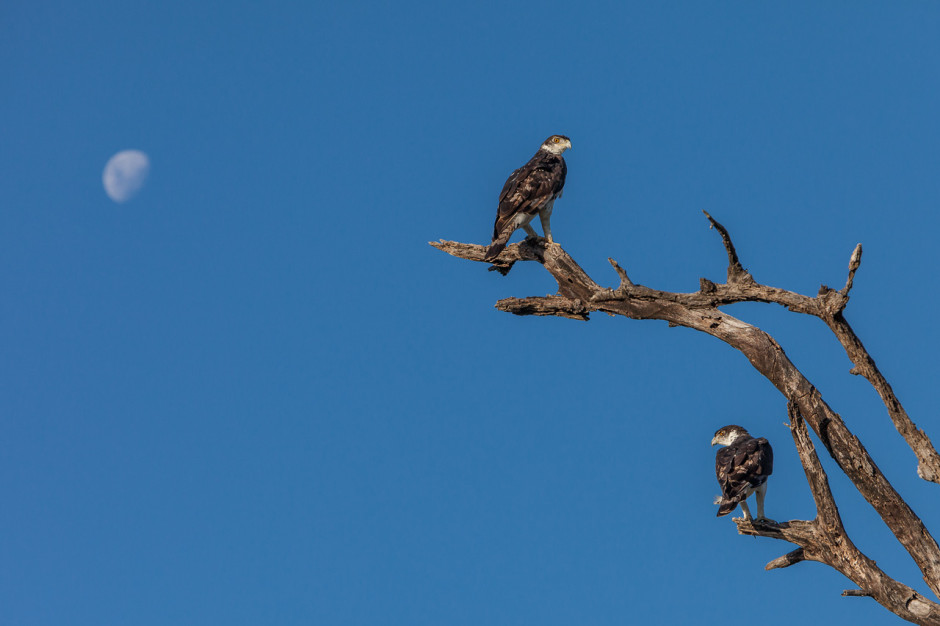
More importantly make friends with your fellow safari goers.
You’ll be taking up a lot of space with that giant lens of yours and multiple camera bodies, etc. so be considerate of other’s space in the vehicle. As you build a good rep with your fellow visitors they will be excited about helping you get great shots. These eagles were barely visible from my seat in the truck so everyone volunteered to lay down in their seats as I sprawled across the tops of the seats with a 600mm lens. I favored the front row of seats in the back of the safari truck for the best photo opportunities.
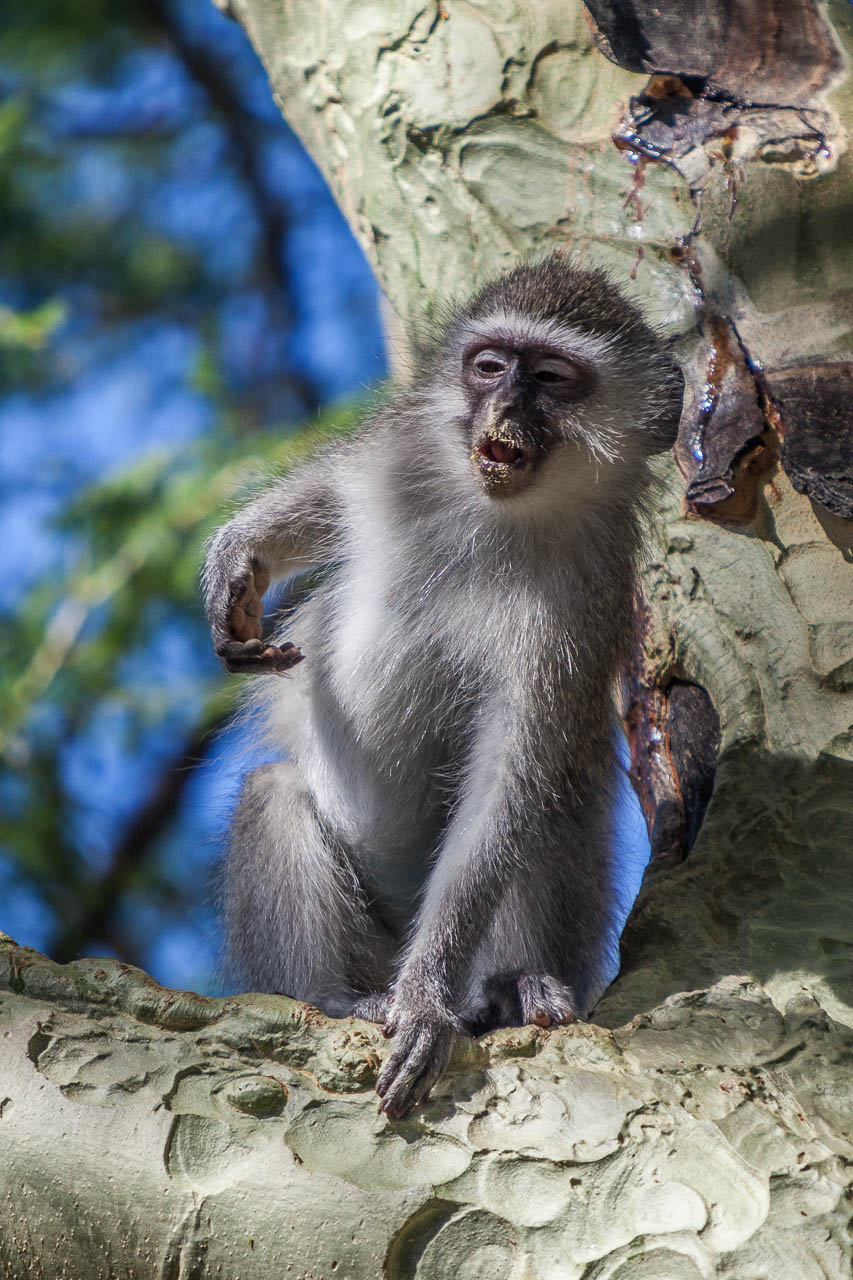
Take time to walk around your camp.
Monkeys and other small animals are accustomed to humans inside the fenced camps. Use some of the time in between game drives to explore the local critters and surroundings.
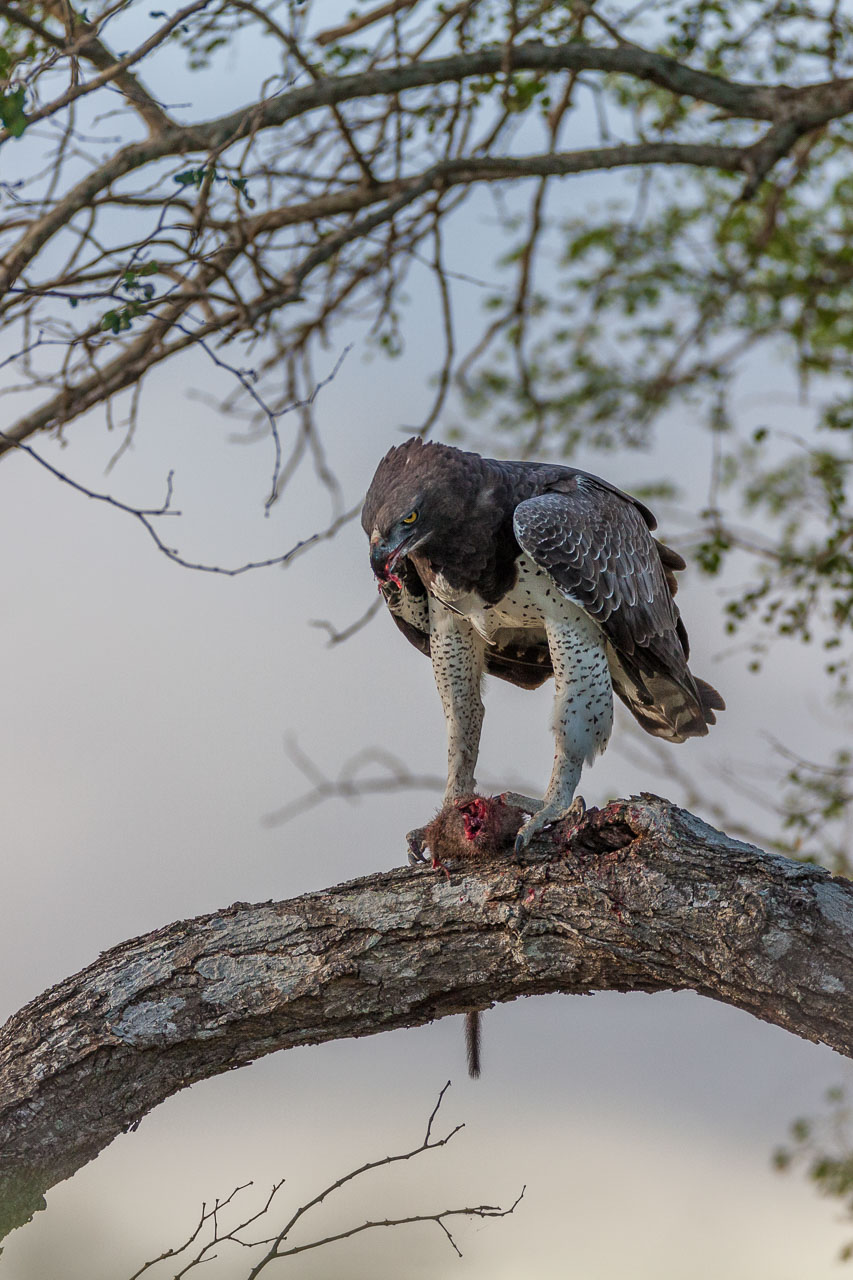
Go on every drive you can.
Each day and time of day is different. You never know what you might see. On the one game drive that I skipped I missed a mother cheetah kill an impala for her two cubs. On that note, go for as many days as you can afford. It is exhausting, but worth it.
Intermission

Take a night drive.
These are usually only offered by the park service, but most safari companies will sign you up for them. Some animals only hunt at night so this is your only chance to see them.
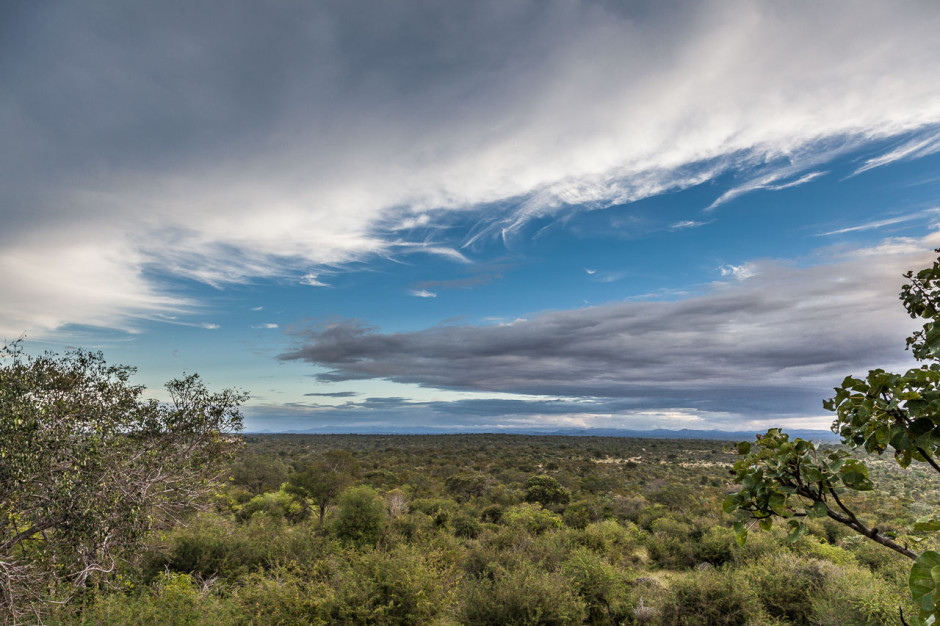
Don’t forget to capture the landscape.
While the wildlife is the big draw to go on an African safari, don’t forget that you are also in a new and exciting landscape. Put that wider-angle lens on your 2nd camera body and open up to what else is around you.

It isn’t all about the mega-fauna.
Africa is full of unique birds, rodents and insects. Enjoy the smaller critters around the parks.

What is your photo backup plan?
Do you have enough memory cards? You’ll probably shoot thousands of photos each day. Make a plan and get in the habit of uploading these photos to your computer and/or hard drive as soon as you get back to camp. Will you have enough battery power if the power goes out?
